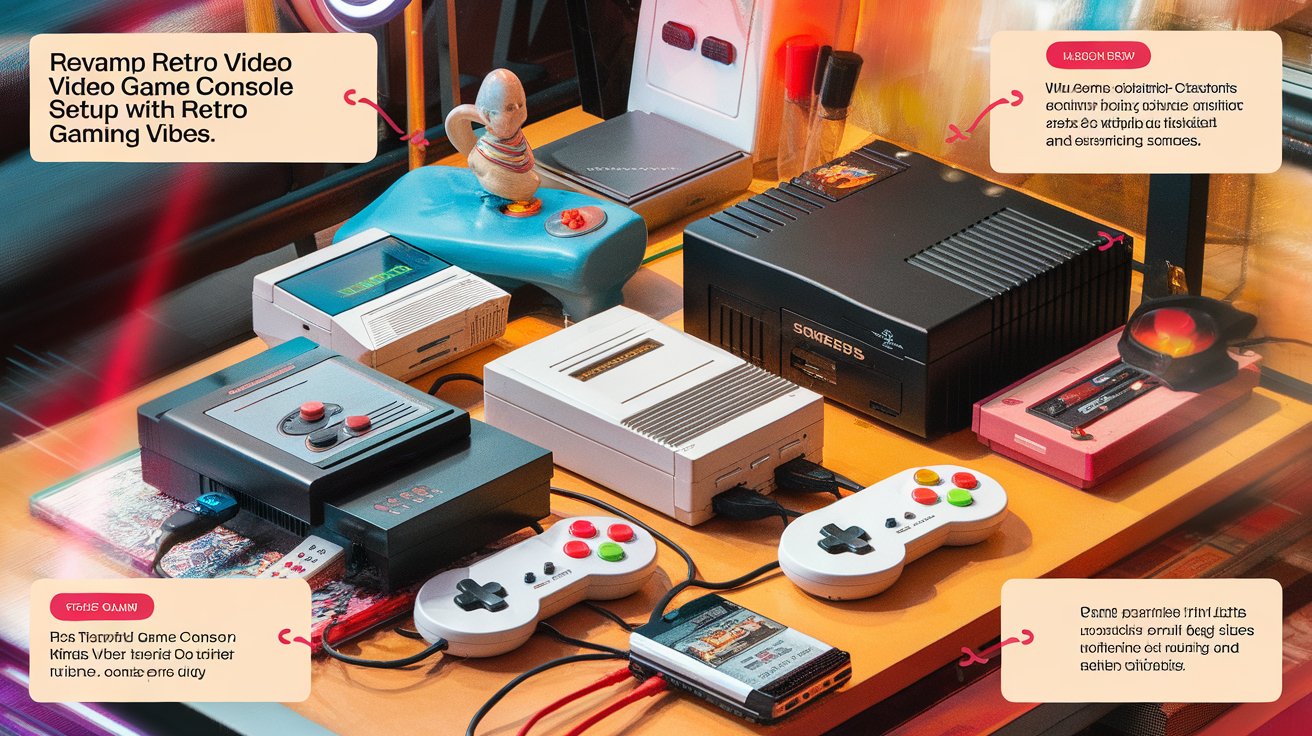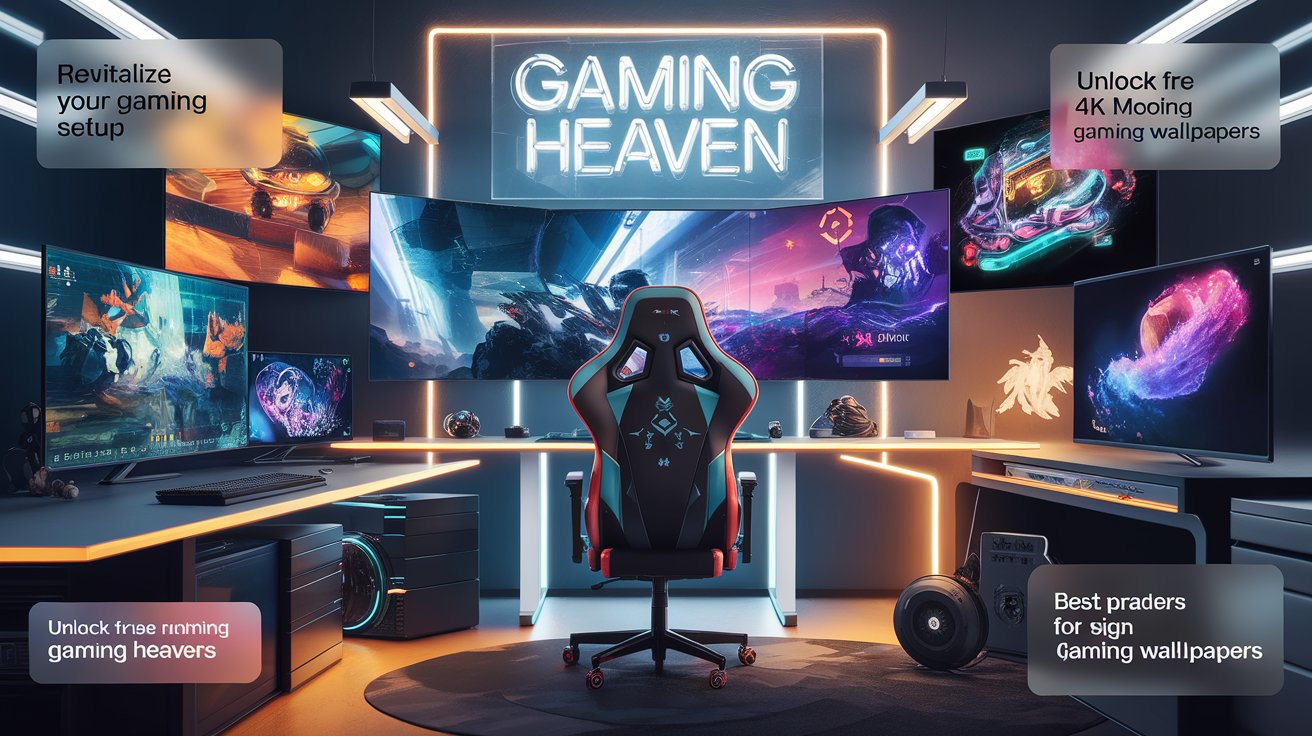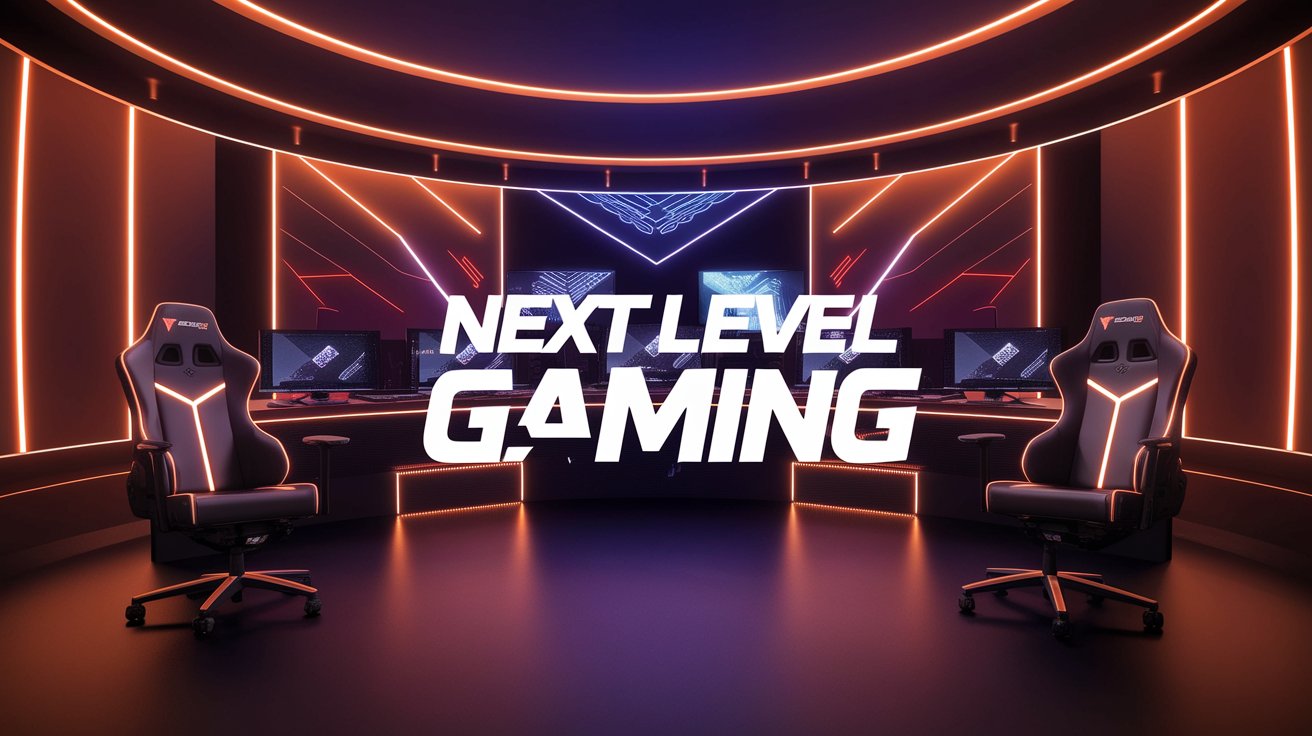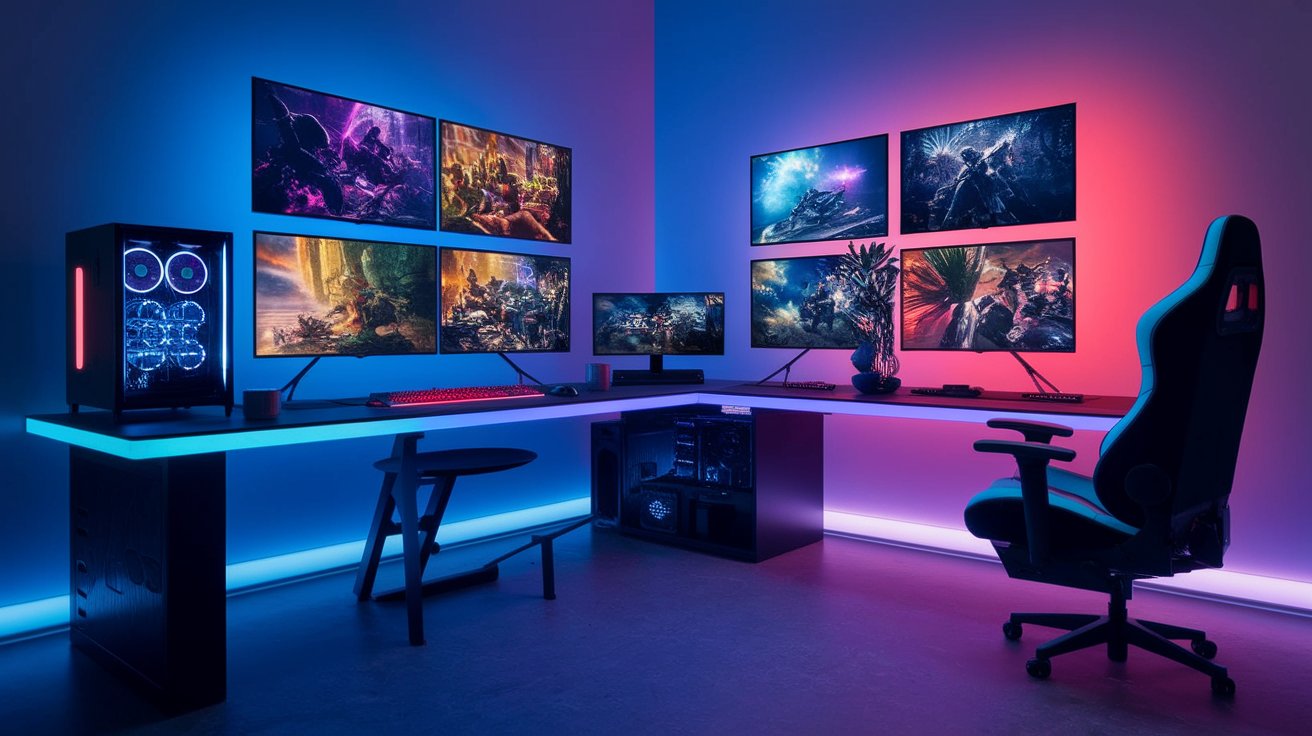Introduction
In the competitive world of gaming, having the right equipment can make all the difference. Among the essentials, a mechanical keyboard stands out as a crucial tool for gamers seeking precision, responsiveness, and comfort during intense gameplay sessions. Unlike traditional keyboards, mechanical keyboards utilize individual mechanical switches for each key, providing a distinct tactile feedback and a more satisfying typing feel. In this article, we will explore the various types of mechanical keyboards, their advantages, and how they can enhance your gaming experience.
With advancements in technology and design, the best mechanical keyboards of 2025 offer features like customizable backlighting, various switch options, and improved build quality. Whether you prefer a full-size mechanical layout or a more compact tenkeyless design, the right keyboard can significantly impact your performance levels. This article will guide you through the essential aspects of mechanical keyboards, helping you make an informed decision for your ultimate gaming setup.
Understanding Mechanical Keyboards
Construction and Components
Mechanical keyboards are engineered with individual mechanical switches beneath each key, providing a unique tactile feel and audible feedback that many gamers and typists prefer. Unlike traditional membrane keyboards, which rely on pressure pads and rubber domes, mechanical keyboards utilize a specific mechanism for each key. This fundamental difference is rooted in construction: mechanical keyboards are built with durable materials, featuring individual springs in each switch that contribute to their longevity and responsiveness. Many users find that this design enhances their overall typing and gaming efficiency.
Types of Switches
The heart of a mechanical keyboard lies in its switches. There are several types, each offering distinct characteristics that cater to different preferences.
- Linear switches: These provide a smooth keystroke without tactile feedback, making them ideal for rapid and continuous keypresses, often preferred by gamers.
- Tactile switches: These switches offer a noticeable bump when activated but do not have the clicking sound. They are suited for both gaming and typing, balancing speed and feedback.
- Clicky switches: Known for their distinct audible click upon actuation, these switches are favored by users who enjoy a more pronounced tactile experience.
Each type contributes to a distinct typing experience, allowing users to choose according to their personal preference or the type of games they play.
Comparison with Membrane Keyboards
While both mechanical and membrane keyboards serve the primary function of inputting commands, their operational differences are significant. Membrane keyboards operate on a pressure-sensitive mechanism that can feel mushy and unresponsive, particularly during intense gaming sessions. The lack of feedback can lead to slower reaction times, making them less suitable for competitive gaming. In contrast, mechanical keyboards offer a satisfying and tactile response, enabling users to register key presses quickly. This responsiveness is crucial in fast-paced gaming environments where every millisecond counts.
Moreover, mechanical keyboards tend to have longer lifespans, often rated for 50 million key presses or more, whereas membrane keyboards typically last far less. This durability makes mechanical keyboards a worthwhile investment for gamers looking to elevate their setup and enhance their gaming experience.
Choosing the Right Layout for Your Needs
Exploring Different Keyboard Layouts
The layout of a keyboard plays a significant role in determining not just aesthetics but also functionality during gaming. Gamers have a choice among several layouts: full-size, tenkeyless, and compact designs. Each layout comes with its unique set of advantages and potential drawbacks that can impact overall gaming efficiency.
Full-size keyboards are equipped with a complete set of keys, including a number pad, function keys, and dedicated media controls. This layout is highly beneficial for gamers who also engage in productivity tasks, such as spreadsheets or content creation. However, their larger footprint can make them less convenient for smaller desk spaces, potentially hindering quick maneuverability during intense gaming sessions.
Tenkeyless keyboards, which eliminate the number pad, strike a balance between functionality and space-saving. They provide all other essential keys while allowing for greater freedom in mouse movement, crucial for first-person shooters and other fast-paced games. The absence of a number pad can lead to a more immersive experience as players can keep their hands closer to the center, more naturally transitioning from keyboard to mouse.
Compact designs, including 60% and 75% keyboards, take minimalism to another level. These layouts remove function rows, arrows, and other extraneous keys, condensing the essential keys into a smaller design. While compact boards can be challenging for some users due to the lack of dedicated function keys and the need for multiple key combinations, they are highly portable and free up desk space. For those who prioritize mobility or have limited desk space, compact configurations can greatly enhance gaming comfort.
Implications for Gaming Efficiency
The choice of keyboard layout can significantly impact a gamer’s efficiency. It is essential to consider the type of games played and personal preferences. For example, competitive gamers might prefer the agility of tenkeyless or compact layouts, favoring speed over the full range of keys. Others who enjoy RPGs may find that they benefit from the comprehensive options available on full-sized models.
Ultimately, experimenting with different layouts can provide insights into what optimizes one’s gaming style. Each layout has its implications, and knowing how they align with your gaming preferences will help you master your setup effectively.
Key Features to Consider: Identify the Essential Features to Look for in a Mechanical Keyboard
Understanding Switch Types
When selecting a mechanical keyboard, the type of switch is paramount. Mechanical keyboards utilize different switch technologies, each offering a unique tactile and auditory experience. The three primary categories are linear, tactile, and clicky switches. Linear switches provide a smooth keystroke without any tactile feedback, making them ideal for rapid key presses. Tactile switches offer a noticeable bump at the actuation point, striking a balance between feedback and smoothness, which enhances typing accuracy. Clicky switches help ensure each keystroke is recognizable, thanks to their distinct auditory click, appealing to those who enjoy a pronounced response. Understanding your personal preference can significantly enhance your gaming performance.
RGB Lighting Customization
Another key feature to consider is RGB lighting. Customizable RGB lighting not only enhances the aesthetics of your gaming setup but can also serve functional purposes, such as highlighting key commands or providing visual cues during gameplay. Look for keyboards that allow you to personalize lighting schemes and effects, such as reactive typing, breathing effects, and per-key lighting. This feature is especially valuable for gamers who play in low-light environments, as it enhances visibility and control during intense gaming sessions.
Additional Functions and Build Quality
Additional features are essential to consider for an enhanced user experience. Look for keyboards with programmable keys, which enable gamers to execute complex commands swiftly. Onboard memory can store your personalized settings, allowing for easy transport between devices. Furthermore, build quality is a critical factor, as a sturdy construction ensures durability during prolonged gaming sessions. Keyboards made from high-quality materials such as metal or reinforced plastics can withstand intense usage and provide a more stable feel. Some gaming keyboards also offer features like detachable cables for easy transport and customizable keycap options for further personalization.
With these key features in mind, you can confidently choose a mechanical keyboard tailored to elevate your gaming experience. These thoughtful considerations will ensure your setup is not only functional but also a genuine reflection of your gaming style.
The Role of Keycaps in Performance
When it comes to optimizing a gaming setup, the role of keycaps in a mechanical keyboard cannot be overstated. Keycaps are more than just decorative elements; they have a significant influence on both performance and typing comfort. The material from which keycaps are made can drastically alter the gaming experience, making it essential for gamers to understand their options.
The Importance of Material
Different materials offer distinct characteristics that can enhance or detract from your gaming experience. One of the most preferred materials is PBT (polybutylene terephthalate), known for its durability and resistance to wear and tear. Unlike ABS (acrylonitrile butadiene styrene), which can become shiny and develop a worn-out look over time, PBT keycaps retain their texture and aesthetic appeal for a longer period. This longevity is especially beneficial for gamers who spend hours on their keyboards.
Furthermore, PBT keycaps are less prone to developing a greasy feeling from finger oils, making them more pleasant for extended gaming sessions. The material’s resistance to heat and fading also means that they will maintain their colors and patterns, providing a consistent look and feel throughout their usage.
Profile and Shape Considerations
Beyond materials, the profile and shape of keycaps also play a crucial role in performance. Keycaps come in various profiles such as SA, DSA, and Cherry, each offering different heights and angles. For instance, SA keycaps are taller and have a spherical top, often favored for their retro aesthetic, while Cherry profile keycaps sit lower and are flatter, which some gamers find more comfortable for rapid key presses.
Furthermore, the shape of the keycaps can influence the typing experience by affecting finger placement and movement. A well-designed keycap can provide a sense of tactile feedback that enhances speed and accuracy, critical elements in competitive gaming scenarios. Keycap legends—the characters printed on the keys—should also be considered, as clear and legible legends are vital for quick identification during gameplay.
In summary, when curating your gaming setup, do not overlook the importance of keycaps. Their material, shape, and overall design can significantly impact your performance and enjoyment, making them as integral to a mechanical keyboard as the switches themselves. Understanding these elements enables gamers to tailor their keyboards to their preferences, elevating their gaming experience to new heights.
Connectivity Options: Wired vs. Wireless
Wired Mechanical Keyboards
Wired mechanical keyboards have long been the preferred choice for gamers due to their reliable performance and minimal latency. The connection through a USB cable ensures a stable signal, allowing key presses to register instantaneously on-screen. This responsiveness is critical in competitive gaming environments where every millisecond counts. Moreover, wired keyboards do not require batteries, eliminating the concern of power depletion during critical gaming sessions.
Another advantage of wired keyboards is their straightforward setup. Gamers can simply plug the keyboard into a USB port, and it is ready for use. There’s no need to manage additional software for connectivity or deal with potential interference from wireless signals. For those who prioritize performance over aesthetics, wired mechanical keyboards come in a vast array of models, types, and switches, enabling gamers to tailor their experience to personal preferences.
Wireless Mechanical Keyboards
On the other side of the spectrum are wireless mechanical keyboards, which offer a unique blend of freedom and convenience. The absence of a cable means gamers can easily rearrange their setups and maintain a clean workspace. Wireless technology has advanced significantly, with modern keyboards employing Bluetooth or proprietary wireless protocols that minimize input lag and ensure a stable connection. Many high-end wireless models now boast performance comparable to their wired counterparts, which is a game-changer for competitive gamers.
However, wireless keyboards do come with some drawbacks. Depending on the model, battery life can vary significantly, and gamers must keep an eye on battery levels to avoid unexpected interruptions. Additionally, wireless keyboards might require specific drivers or software for optimal performance, complicating initial setup. Another consideration is potential interference, especially in environments filled with multiple electronic devices. Although less of an issue with modern technology, it still remains a point of concern for some gamers.
In summary, both wired and wireless mechanical keyboards have distinct advantages and disadvantages. While wired options provide consistent performance and reliability, wireless models offer unmatched freedom and flexibility. Gamers should carefully assess their playing style, preferences, and gaming environment to decide which connectivity option aligns best with their needs. Understanding these factors can significantly enhance their overall gaming experience.
Setting Up Your Gaming Keyboard
Getting Started with Your Mechanical Keyboard
Setting up your new mechanical keyboard is an exciting step toward optimizing your gaming experience. Start by ensuring your keyboard is properly connected to your gaming rig, whether you’ve opted for a wired or wireless model. For wired keyboards, simply plug the USB cable into an available port; for wireless keyboards, activate the Bluetooth pairing mode and follow the on-screen instructions. Once connected, you’ll want to get acquainted with the keyboard layout and features, such as programmable keys and customizable lighting.
Installing Software and Drivers
Most mechanical keyboards come with dedicated software that allows for deeper customization. Visit the manufacturer’s website to download the appropriate drivers and software, as this will enable access to advanced settings. After installation, open the software and explore its various features. You might find options for customizing key functions, creating macros for complex commands, and configuring RGB lighting effects. This software allows you to personalize your keyboard to fit your gaming style and preferences.
Customizing Key Bindings and Macros
One of the most beneficial aspects of mechanical keyboards is their ability to be customized for individual gameplay. Within the software, you can remap keys to perform different functions or create macros that combine several keystrokes into one. This is especially useful for games that require rapid inputs, allowing you to execute complex maneuvers without hassle. Spend time experimenting with different configurations to find what works best for you. Make a note of any bindings that enhance your performance or provide a smoother gaming experience.
Setting Up Your RGB Lighting
RGB lighting adds a visual flair that can enhance your gaming setup. Most software will allow for extensive lighting customization, letting you choose from a variety of colors and effects. You can opt for static colors, pulsing effects, or even reactive lighting that changes based on in-game actions. Not only does this evoke a more immersive atmosphere, but it can also help you identify key bindings in low-light conditions. Tailoring the RGB settings can significantly impact the overall aesthetic of your gaming environment.
Finally, save your settings within the software and make sure they are applied to the keyboard. Many keyboards allow you to save profiles directly to the device, enabling easy transitions between different games or setups without needing to redo the configuration. A little effort in the setup phase can lead to a drastically improved gaming experience, giving you the edge you need in competitive play.
Conclusions
In conclusion, investing in a mechanical keyboard tailored for gaming can elevate not only your performance but also your overall gaming experience. With a range of features such as customizable RGB lighting, various switch types, and ergonomic designs, there is a mechanical keyboard to suit every gamer’s needs. Understanding the different options and their unique benefits allows you to choose a keyboard that will enhance your skills and enjoyment.
The best mechanical keyboards of 2025 provide an edge in competitive gaming with their durability, speed, and adaptability. Choosing a reliable mechanical model means considering the type of switch that aligns with your preferences, whether it’s tactile, linear, or clicky. Ultimately, the right keyboard in your gaming setup is one that complements your style and improves your capabilities, ensuring you stay at the top of your game.











